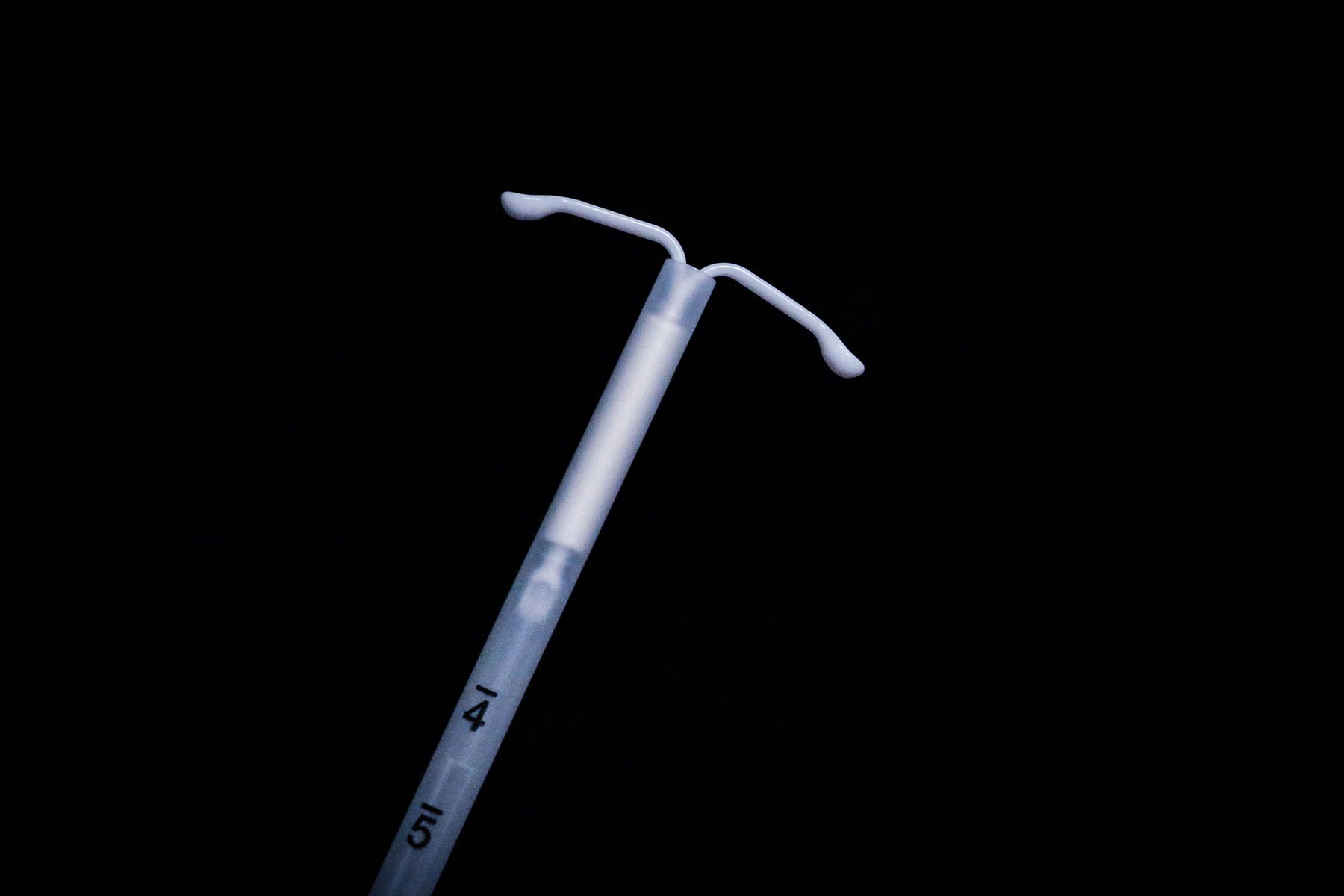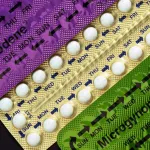Your trusted source for contextualizing health news. Sign up for our daily newsletter.
People on social media have described the procedure as “the worst pain imaginable” and like a “hot knife” is slowly stabbing them.
The number of people opting for intrauterine devices — T-shaped birth control devices inserted into the uterus and known as IUDs — is on the rise. As their popularity has risen, so have the complaints about the pain people experience during the procedure.
Doctors have been accused of ignoring the discomfort or downplaying the pain — with most only prescribing over-the-counter painkillers, according to recent studies. One study found that doctors regularly underestimate the pain that patients report experiencing.
On Tuesday, the Centers for Disease Control and Prevention issued new guidance meant to address these issues. The guidance outlines that:
- Doctors should counsel patients about pain management before the procedure.
- Pain management should be a “shared decision making” process — in other words, physicians are being asked to focus more on a patient’s individual preferences and concerns
- More pain relief options should be available during the procedure. In addition to lidocaine shots, people can now also request anesthetic gel, creams and sprays.
“When considering patient pain, it is important to recognize that the experience of pain is individualized and might be influenced by previous experiences including trauma and mental health conditions, such as depression or anxiety,” according to the CDC’s guidance.
Dr. Antoinette Nguyen, a medical officer in the CDC’s division of reproductive health, told The New York Times that the agency’s new recommendations expand the arsenal of tools that doctors have at their disposal.
“It’s good when the public stamps its foot sometimes,” Nguyen said.





